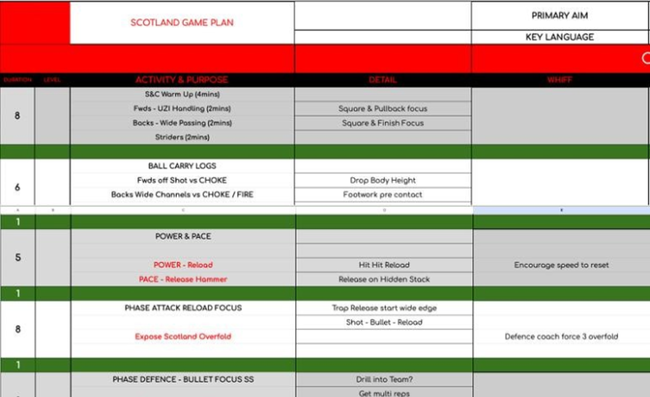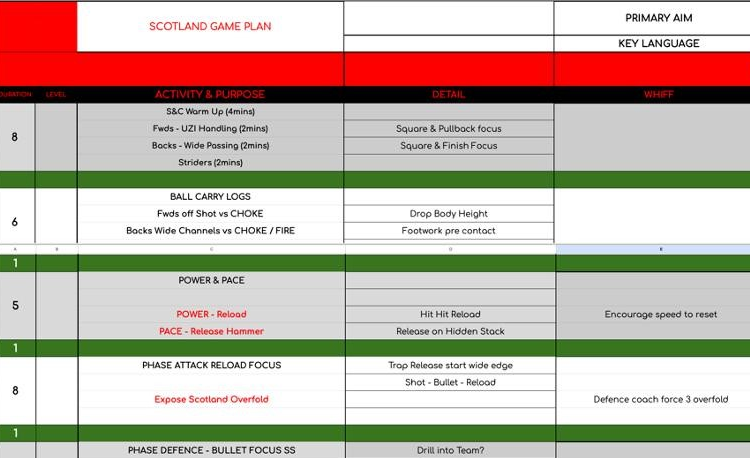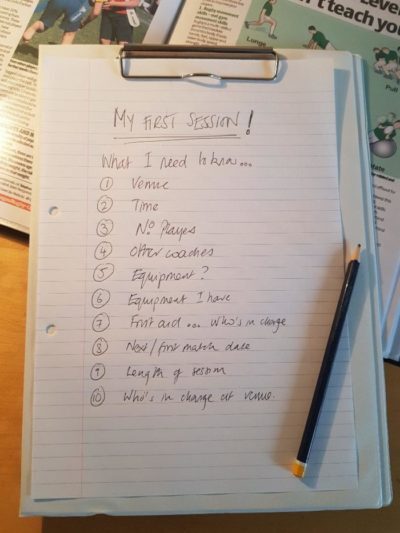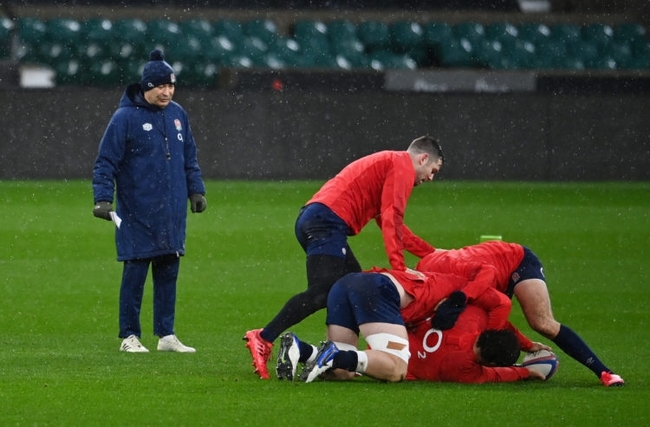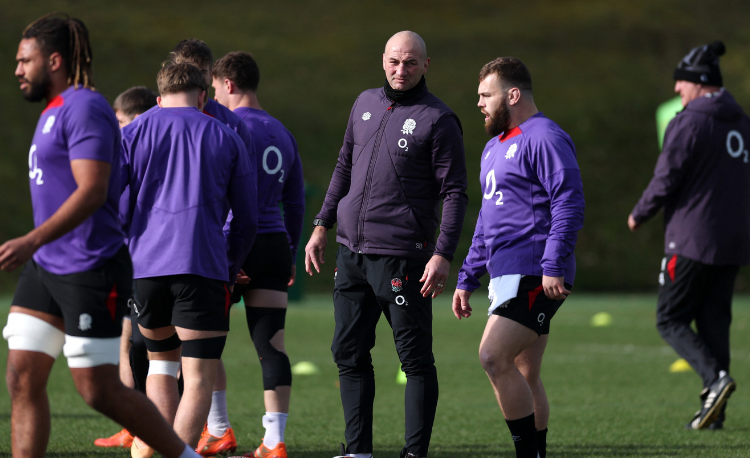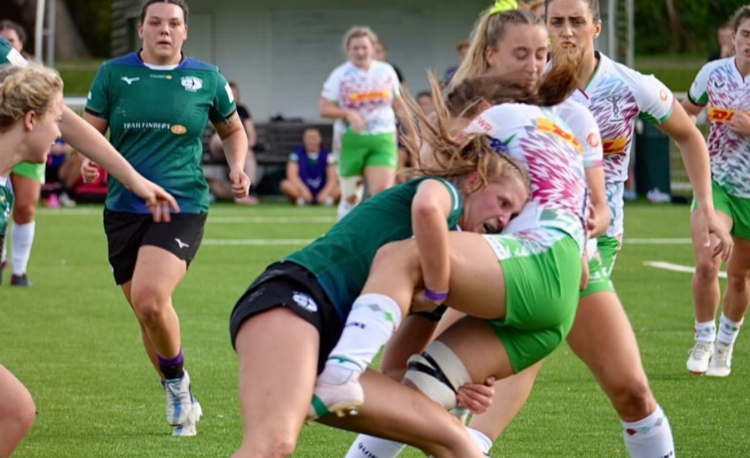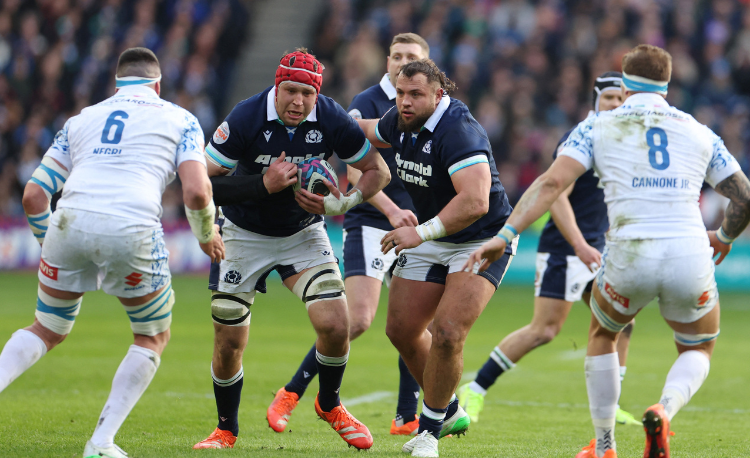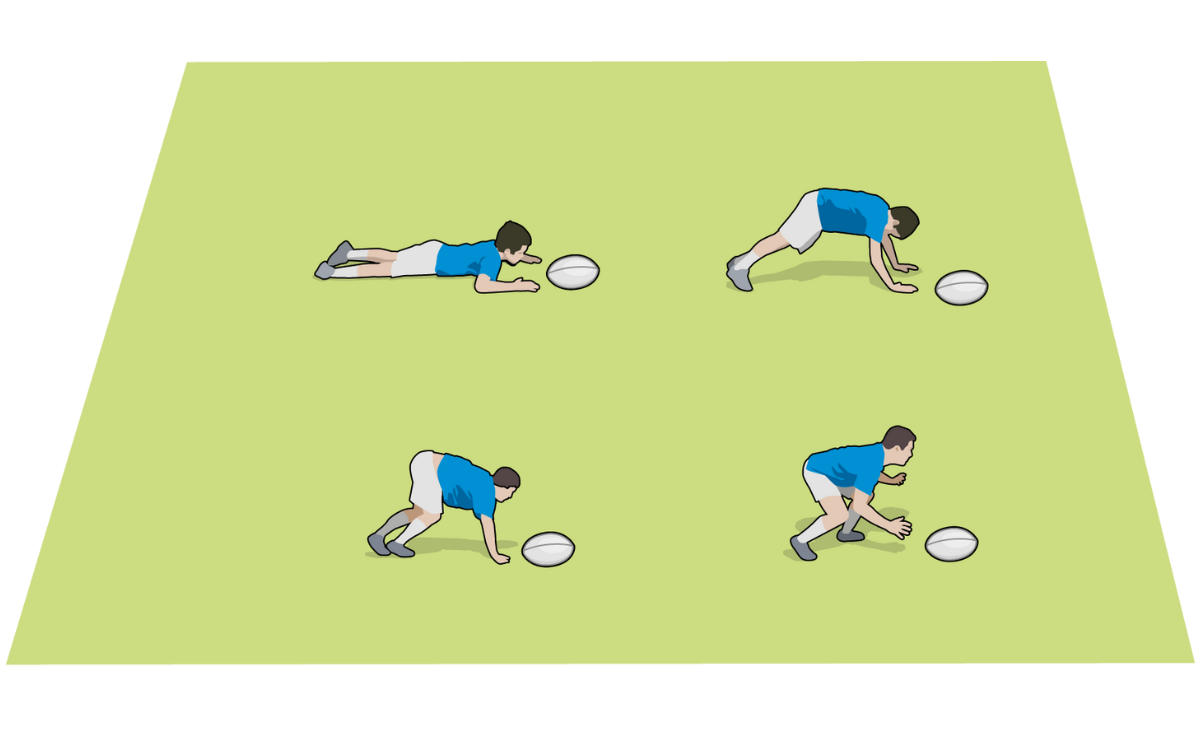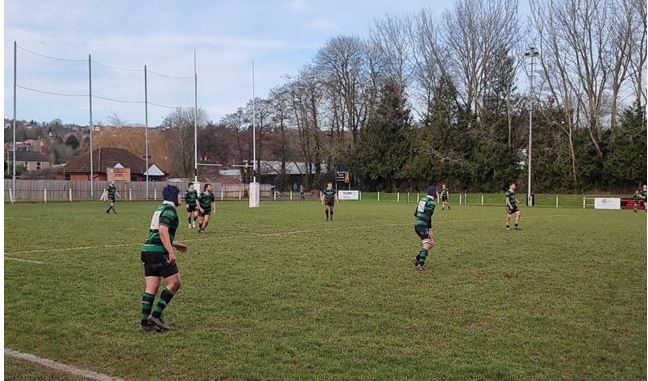Inside the plan for an international match
RICHARD WHIFFIN shares a Wales U20s session plan and explains key sections.
Here is an example of a team session used to prepare an international age-grade team for a Test match at the end of the week.
The key focus points of each block is clear, as is the expectation of the other coaches and how they can assist the players and lead coach during each block.
Warm up
This will always include some ball movement, or movement drills, aligned to the focus of the team session. Here, the forwards are practising their ball-out-the-back skills while staying square, and the backs are doing similar, but with wide passing.
LOGS (Little often greats)
These are used to prime the players on key fundamentals of the game that we want to make the best in the world. It is coach-led, to ensure that our technical skillsets around the collision area are as accurate as possible.
Power and pace
This is a split-shape exercise, where the ’power players’ (tight five and number 8) focus on their attacking shapes in the middle of the field, building up high repetitions of the pictures they will see in the game.
This increases the number of decisions they can make and then execute in a small timeframe.
The ’pace players’ (flankers and outside backs) will undertake a similar exercise on the pictures they will see in the wider channels of the pitch.
Phase attack – reload
This is a specific attacking-shape game, aligned to how the opposition is expected to defend in the game.
Through analysis, it was identified that the opposition tends to overfold players from midfield rucks. Therefore, the shape game was designed to have a two-sided attack focus and be reloaded and ready for both sides to attack the weaker side.
Phase defence – bullet
This is a purposeful phase-defence game to test the players on the attacking shapes that the opposition will likely test them with.
By using our terminology, and getting our non-starters to play a similar way to the opposition, we ensure that our players are well-prepared and confident in their defensive skills.
Lineout launch
This is a block of attack and defence to get repetitions of the plays we will use from lineouts.
It is important that our assistant coaches get the opposition to give the defensive pictures that we expect to see during the game.
First 20 plan
This part of the session gives the players the opportunity to practise our tactical focus for the beginning of the game, covering the kicking game, launch plays and phase-play options.
We will play it like a game so the consequences of errors are practised.
Scenarios
The final block will always include some pre-determined scenarios that may happen in a game.
Over the course of a campaign or season, you will be able to cover most scenarios that happen in a game.
It is a great tool to challenge the players’ game understanding and decision-making under pressure during the key times of matches.
Related Files
Newsletter Sign Up
Coaches Testimonials

Gerald Kearney, Downtown Las Vegas Soccer Club

Paul Butler, Florida, USA

Rick Shields, Springboro, USA

Tony Green, Pierrefonds Titans, Quebec, Canada
Subscribe Today
Be a more effective, more successful rugby coach
In a recent survey 89% of subscribers said Rugby Coach Weekly makes them more confident, 91% said Rugby Coach Weekly makes them a more effective coach and 93% said Rugby Coach Weekly makes them more inspired.
Get Weekly Inspiration
All the latest techniques and approaches
Rugby Coach Weekly offers proven and easy to use rugby drills, coaching sessions, practice plans, small-sided games, warm-ups, training tips and advice.
We've been at the cutting edge of rugby coaching since we launched in 2005, creating resources for the grassroots youth coach, following best practice from around the world and insights from the professional game.
